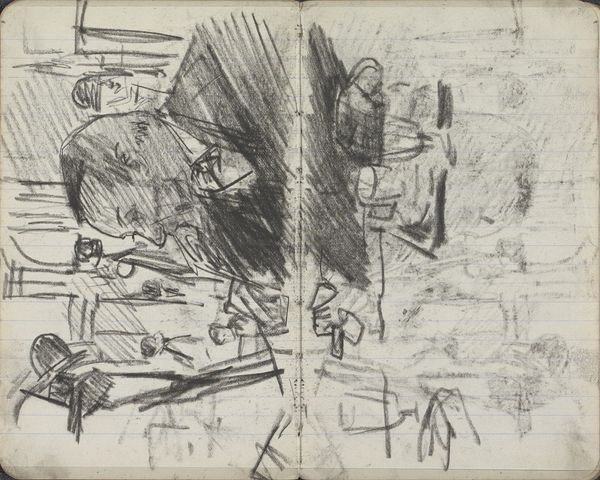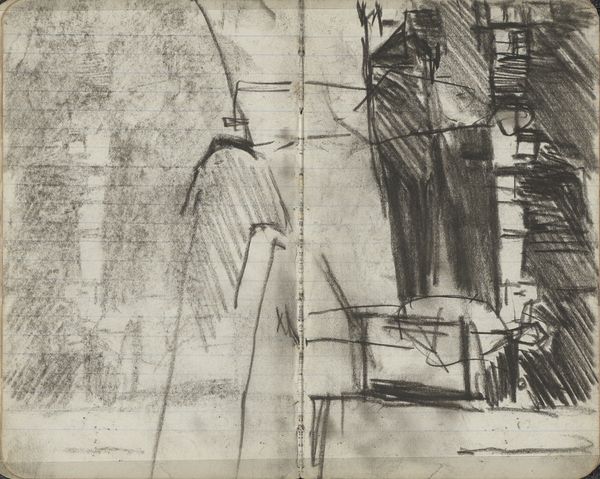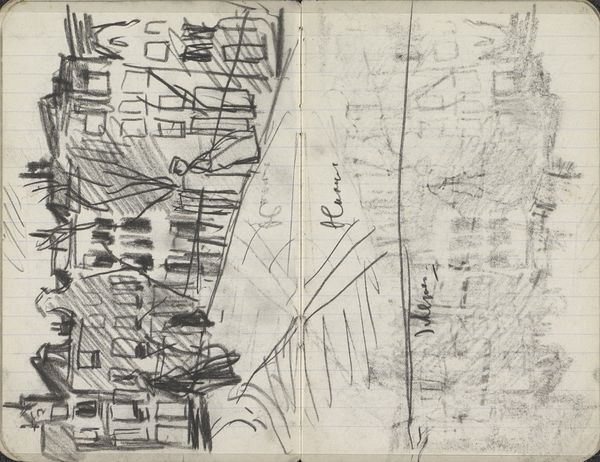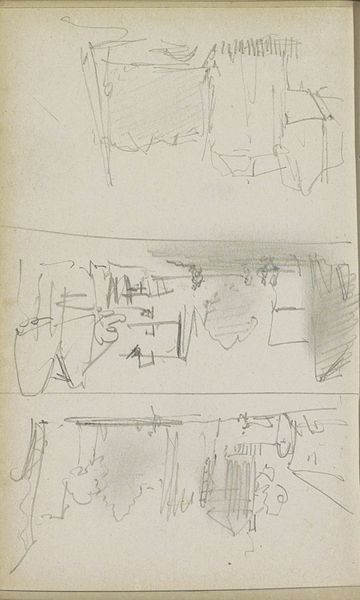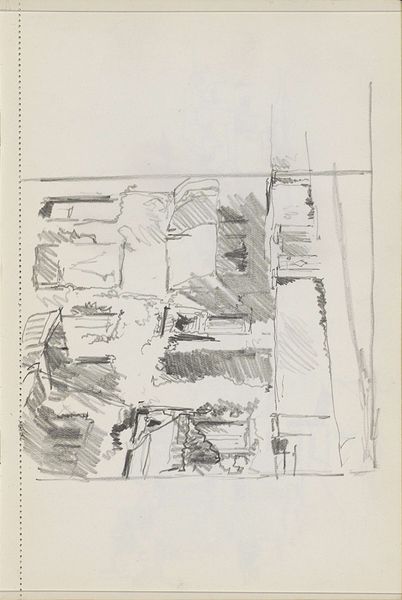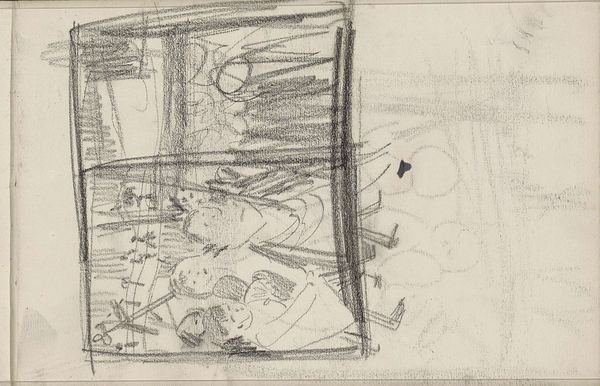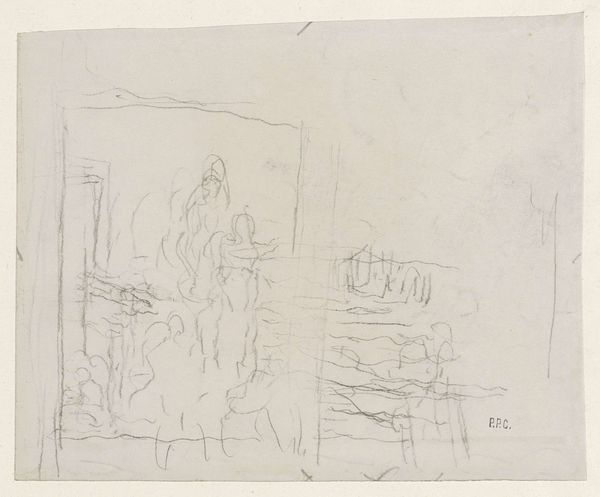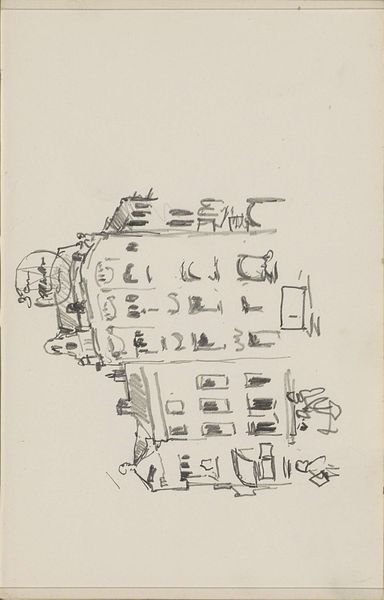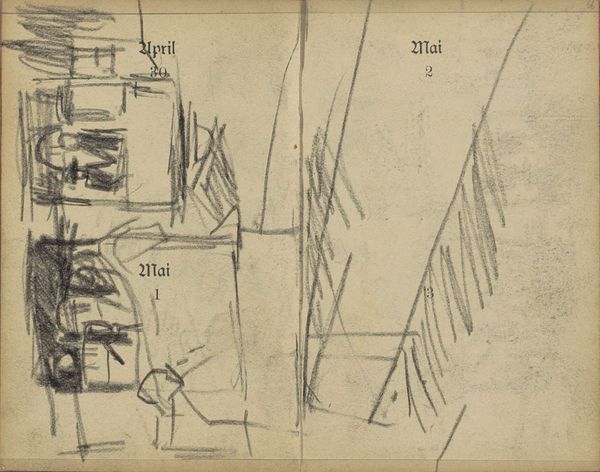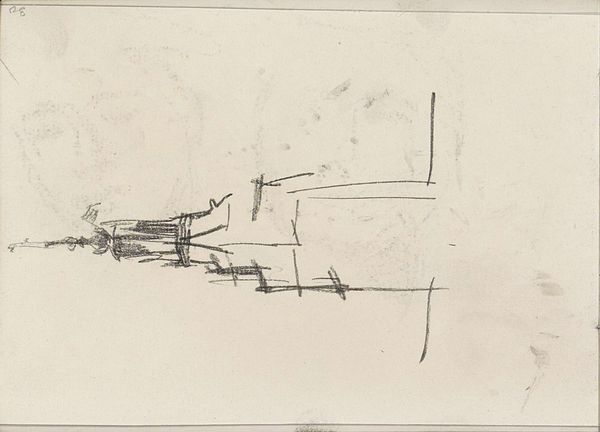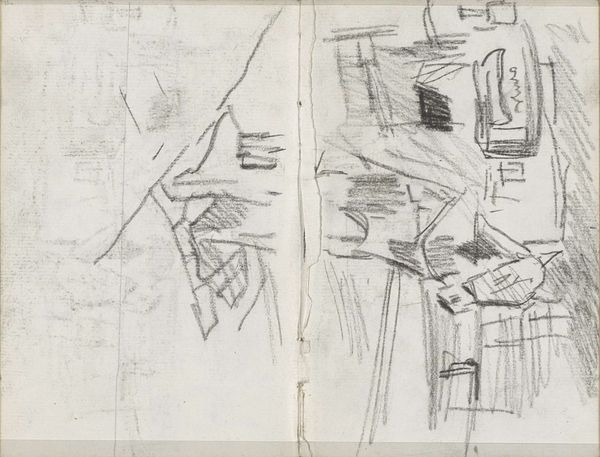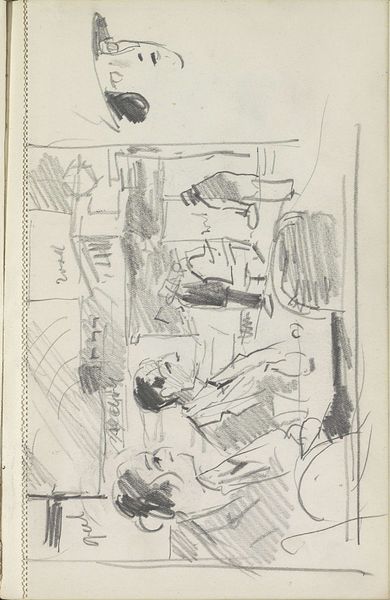
photography
#
film photography
#
archive photography
#
street-photography
#
photography
#
historical photography
#
monochrome photography
#
modernism
#
realism
Dimensions: overall: 25.2 x 20.2 cm (9 15/16 x 7 15/16 in.)
Copyright: National Gallery of Art: CC0 1.0
Curator: Here we have Robert Frank's "Guggenheim 729—Omaha, Nebraska" from 1956, a striking example of his work from "The Americans." What’s your initial impression of this piece? Editor: It’s chaotic yet structured. The grid of the film strip presents a kind of visual taxonomy. The harsh blacks and grays emphasize the sense of a fragmented narrative. It’s gritty, raw even. Curator: Indeed. This piece gives us insight into the way Frank framed his view of 1950s America. Look at the diverse range of images captured on the filmstrip: crowds of people indoors and an open view of what seems to be factories on the open air; details of construction works; then landscapes. Editor: Yes, but it also disrupts any easy narrative. He deliberately leaves space and various darkness to separate them or even hide the central subjects in each square, frustrating the eye's search for completion. Each little rectangle presents a different point of view, both spatially and perhaps ideologically, reflecting a broken whole, maybe? Curator: Perhaps that speaks to Frank's intention; to depict a country filled with contradictions. We cannot avoid the historical context of the era of great economic boom, but also deep-seated social anxieties during the rise of mass culture and consumerism. Frank challenges the prevailing idealized image promoted by mainstream media at that time. Editor: Technically, his use of high-contrast film and his knack for catching impromptu situations resulted in pictures that seemed spontaneous. They present an immediacy and candor quite distinct from much commercial and art photography back then. Curator: Precisely. By capturing seemingly banal scenes and overlooked people, Frank elevated the mundane to the level of historical significance. His subjects may be of modest significance, but they are powerful depictions of the mood in 1950s America. Editor: So, what remains with me most is that Frank captures through a collection of film squares an emotion and visual construction of memory; fragmented, yes, yet undeniably vivid. Curator: It does provide a counter-narrative, something vital. The kind that urges us to re-examine assumptions about not just an era but a whole nation’s identity.
Comments
No comments
Be the first to comment and join the conversation on the ultimate creative platform.
